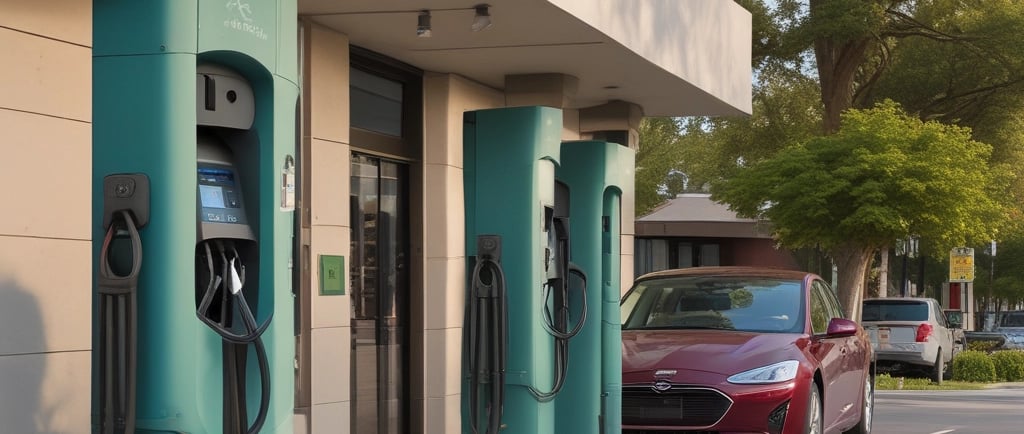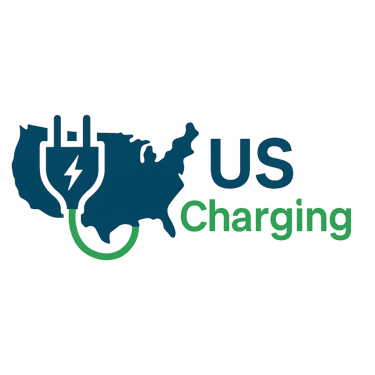Navigating Local Zoning and Permitting for EV Charging Installations
Navigating Local Zoning and Permitting for EV Charging Installations
6/29/20252 min read


As more businesses embrace electric vehicle (EV) charging infrastructure, understanding local zoning and permitting requirements is becoming essential. The process can be complex, but a well-informed approach can save time, reduce costs, and prevent compliance issues down the line.
Understanding Zoning Laws
Before installing EV chargers, businesses must verify whether local zoning codes permit such infrastructure. While many jurisdictions are updating regulations to support EV adoption, some areas still impose restrictions based on property type, land use, or proximity to utilities. Common zoning considerations include
Setback distances from roads or buildings
Number and location of parking spaces available
Lighting and signage rules
ADA compliance and accessibility
Checking with your municipal planning or zoning department early in the process can prevent surprises
Permitting Requirements Vary Widely
Each city or county has its own permitting process for EV charger installation. In most cases, this involves applying for an electrical permit, and sometimes a separate construction or encroachment permit. Required documents may include:
A detailed site plan
Electrical load calculations
Equipment specifications
Contractor credentials and licenses
Some jurisdictions may also require public hearings or environmental impact assessments, depending on the scale of the project
Working With a Certified Installer Helps
Hiring a licensed electrician or contractor with EV experience is a smart move. These professionals are often familiar with local permitting workflows and can help streamline the process. Many manufacturers and charging network providers maintain directories of certified installers who know how to navigate code requirements.
Incentives May Have Their Own Guidelines
If your business is applying for rebates or tax incentives to help fund the installation, those programs may have additional permitting or inspection requirements. For example, a utility provider offering funding may require that the charger be networked, tested, and activated within a specific timeframe.
Don’t Forget Utility Coordination
Installing EV chargers usually involves working with your utility provider to ensure adequate power supply and grid access. This coordination is often required as part of the permitting process, especially for Level 2 or DC fast charging units that demand higher loads.
A Step-by-Step Process
Confirm your zoning compliance
Coordinate with a qualified installer
Develop your site and electrical plans
Submit permit applications
Schedule inspections and utility approvals
Complete installation and activation
Conclusion
While local permitting for EV charging stations can feel intimidating, businesses that prepare in advance and partner with experienced professionals will find the process much more manageable. Understanding your local requirements is key to getting chargers up and running efficiently—and legally.
Tailored US Business consulting for reliable EV charging solutions | US Charging Consulting LLC
Newsletter
© 2025. US Charging Consulting, LLC. All rights reserved. T&C/Privacy Policy/Legal
